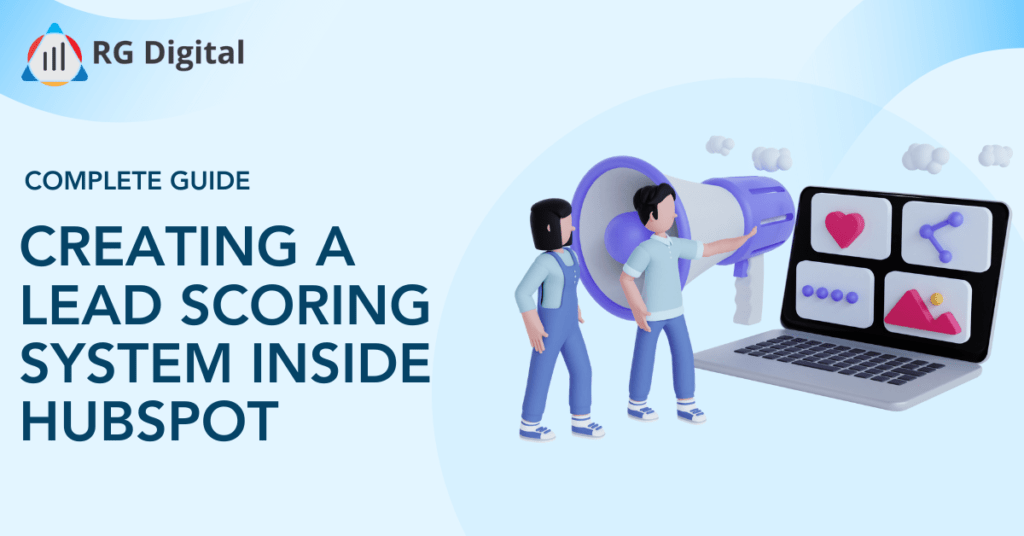
Hubspot CRM allows you to track all of your leads using a robust lead scoring tool. Most companies are either underutilizing this feature or using 3rd party tools to better track prospect engagements.
My goal in this guide is to walk you through the exact steps you should follow to deploy a lead scoring system that is trusted by both sales and marketing leaders to work their pipelines.
Before I jump into the exact steps let’s cover if you really need a lead scoring system built or not in your company. There are a lot of sales team and organizations that don’t score their leads and are just fine. However, lead scoring can be effective when your sales team is growing or the deal cycle is longer.
Note: Hubspot allows you to use their default lead scoring system if you are using any of their pro or enterprise plan except service hub.
When is lead scoring not required inside your HubSpot CRM? – Instead focus on simple lead grading strategy
Like I mentioned, not all companies need to build out an extensive lead scoring system to effectively manage their sales pipeline inside HubSpot. There are other ways in Hubspot CRM that you can use to make sure that your sales team is getting the most qualified leads.
Don’t build out a lead scoring system if:
- Your sales cycle is very short and most of your booked demos are one call closes.
- You are mostly dealing with soloprenurs and not multiple decision makers (use lead qualification and robust follow up strategy instead). For example you are targeting real estate agents, mortgage agents, small agency owners.
- Your sales team has capacity to work their entire pipeline for a given month and don’t need to prioritize leads based on overflow on a lead has be determined as a SQL (Sales Qualified Lead).
- You implemented a lead scoring system but its more of a vanity metric and did not help improve the close ratio or number of closed won for the sales team.
- You don’t have deals that come from multiple touch points and have an active large database of inbound leads that are getting content from your company fairly regularly leading to reactivation of leads for your sales team to call. For example, if you are running a simple paid funnel, cold calling leading to demo booked from a curated list, scoring leads is not required.
An important thing to mention here is if your company falls in any of the 5 scenarios above, you might get some insights if you build out a full scoring system but at this point this is more like a nice to have feature and not a must have as compared to other B2B companies.
When building a lead scoring system is a must have for your sales and marketing teams in HubSpot CRM?
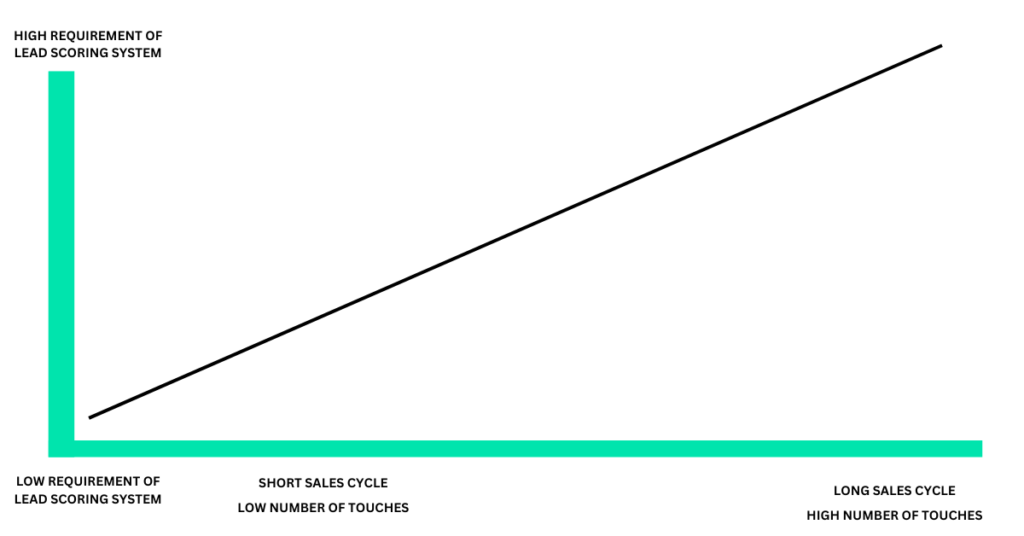
You should definitely build a lead scoring system if you can relate to one or multiple of these scenarios.
- Longer sales cycle that starts as an inbound lead (ebook download, webinar registrant) and slowly converts to a MQL then eventually a SQL.
- Your leads typically engage with a variety of content like blog posts, calculators, inbound assets etc. before booking a demo with your sales team.
- The post demo follow up stage involves multiple meetings to close the deal with various stakeholders in the company.
- You have a growing database of prospects that are engaging with your inbound content.
- Any sort of account based sales strategy inside HubSpot usually benefits from lead scoring.
Now that you know what type of sales and marketing teams will most likely benefit from setting up a HubSpot predictive lead scoring system let’s dive into how to actually build one for your company.
Types of Lead Scoring Systems Most Sales & Marketing Teams Are Use
There are different types of lead scoring systems that are deployed by various companies depending on their exact sales cycle. The 4 main types are:
- Zero Start Scoring – This is when a new lead that comes in to your Hubspot CRM is assigned a score of 0 before any actions are analyzed to add or subtract scores.
- Fixed Start Scoring – This is when all leads that come in are assigned a base score – for example 50. Scores are then added or subtracted based on criteria.
- Dynamic Fixed Start Scoring – This is a modified version of fixed start scoring where the base score is dynamically generated based on certain pre-set criteria. This type of lead scoring should be implemented only after you have implemented any of the other ones first and as a follow up project.
- Lifecycle Stage Based – This is a simple scoring system where the score increases by “x” every time a prospect goes from one lifecycle stage to another. Some companies love this approach because all of the complexity of lead qualification is built into the lifecycle stages themselves.
Hubspot Default Lead Scoring Field Vs Custom Workflows For Building The System
This is one of the most debated topic when trying to come up with a lead scoring solution for your business inside the HubSpot ecosystem.
Before we dive into which route to choose let’s first make sure we know how to setup a lead score property inside HubSpot.
Go to your Settings >> Properties and create a contact property called Score/Lead Score/Win Score. Use any relevant name necessary.
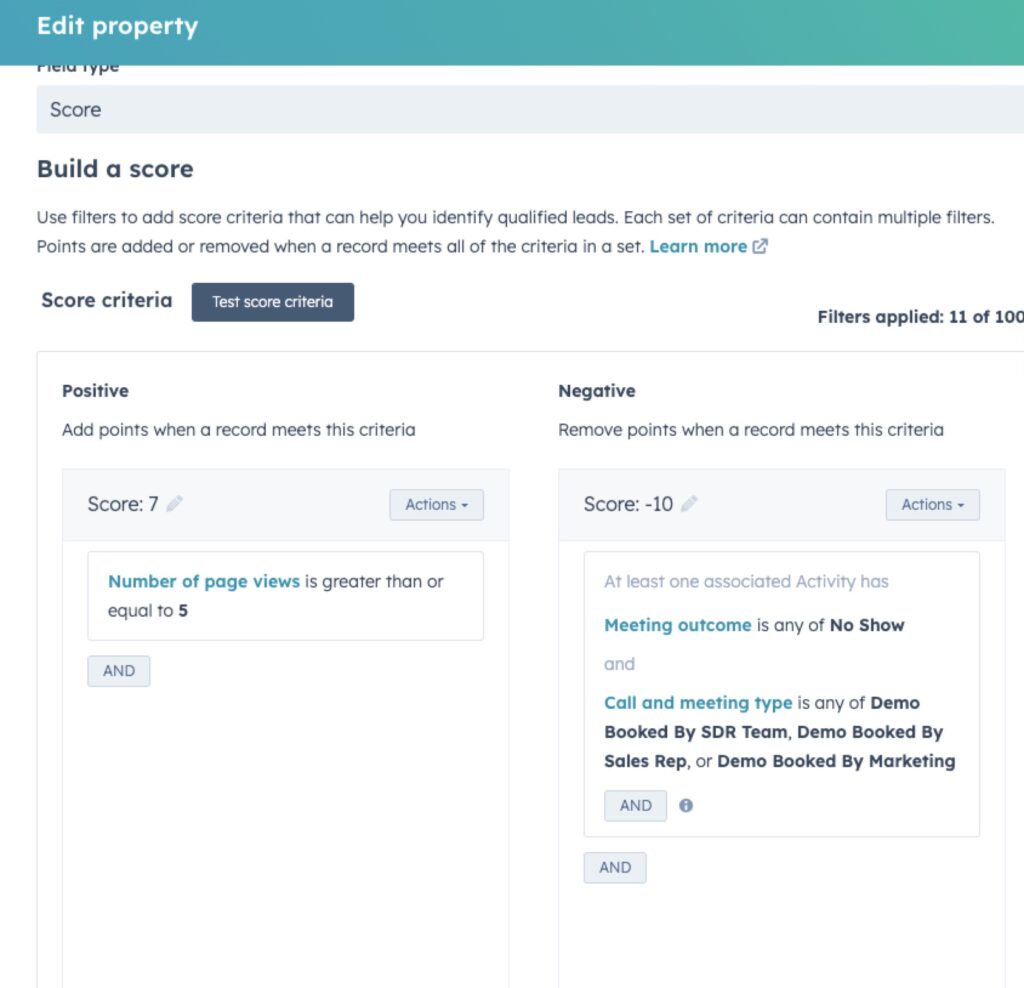
When it comes to the property type select score under the values subsection. Now you have made your first lead scoring property.
When you go to the property settings you will see that the entire field is divided into two major segments.
- Positive Scoring – Always adds a score value based on criteria
- Negative Scoring – Triggers reduction of scores based on criteria
When To Use A Workflow Based Scoring System?
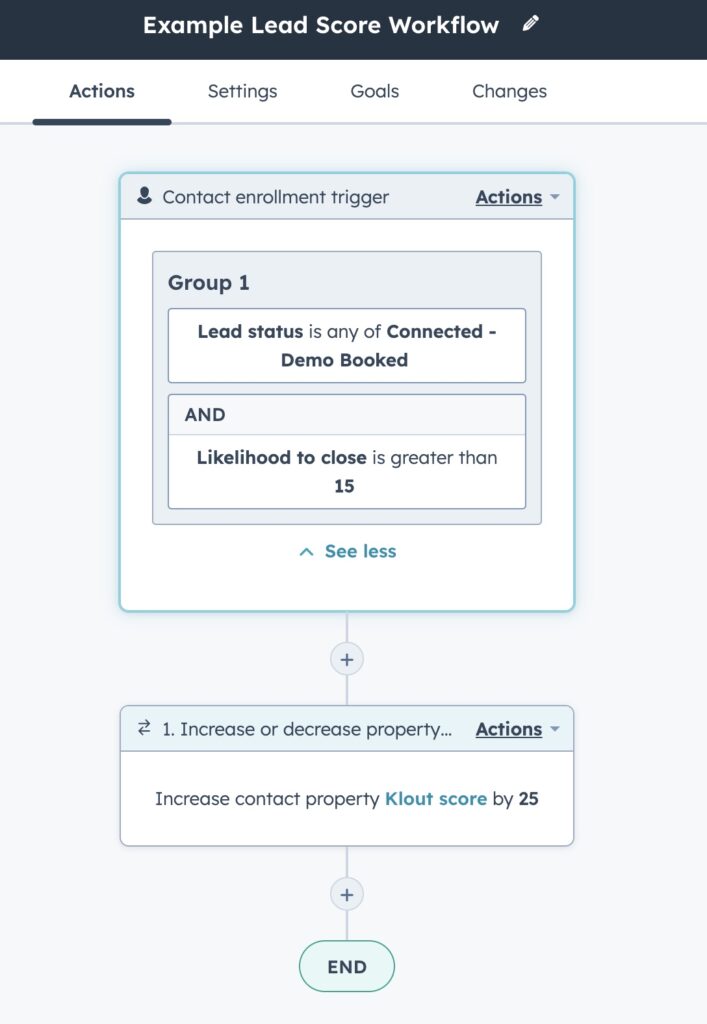
If you have complex logics that are required to build Hubspot workflows that trigger a score change you need to ensure that you create a custom field in Hubspot to mark your score.
A default score field cannot be used in workflows so create a numeric field and use the triggers inside workflow to increase or decrease the value if you go this route.
A lot of companies also use workflow based scoring to send custom notifications when scores reaches a threshold, do mass changes as well as reset scores based on lifecycle stages depending on the sales cycle.
Aligning your sales and marketing teams when it comes to lead scoring inside HubSpot CRM
The most critical part of a successful lead scoring system inside any organization is mutual alignment of your sales and marketing teams on what the score means and the actions associated on how to prioritize their pipelines based on score.
There are a few key sales behaviours that should be given top priority despite what the score says. You can also build workflows or score logics to give higher score points when one of these criterias are met in the sales cycle.
I have done an extensive study of various companies & their B2B sales cycle and came up with this short list so make sure you save it.
- Opening a email from a sales rep and clicking something on it – No matter what kind of B2B product you are selling, this is almost always a positive signal that the contact is engaged.
- Free trial user visiting contract or upgrade page – This is another strong signal that the user is ready to become a customer.
- Sales rep moving a demo complete deal through their pipeline – Usually the best way to identify these deals are a lot of post demo complete back and forth between your Account Executive
- Sales Qualified Lead (Lifecycle Stage) – If the lead fills out certain fields, or the account you are working is a target account add a higher score to make the contact stand out when you filter by lead score.
- Engaging with inbound assets – This can be setup using Hubspot custom behavioural events. If a prospect is engaging with your asset (On the web) or you see them coming to a page that you have shared on an asset download, that proves they are actively looking into your solution.
Most importantly the scoring system should be tested by asking sales rep to mark prospects that they think will likely close and monitoring whether the score is higher or lower.
But, most importantly the biggest mistake would be to blindly trust any scoring system, when your SDR team/sales team have capacity to follow up with their entire pipeline but choose to do only the highly activated ones. This is a common practice that is proven to throw money away from your pipeline.
The scoring system inside HubSpot should ultimately be used for better prioritization of lead outreach.

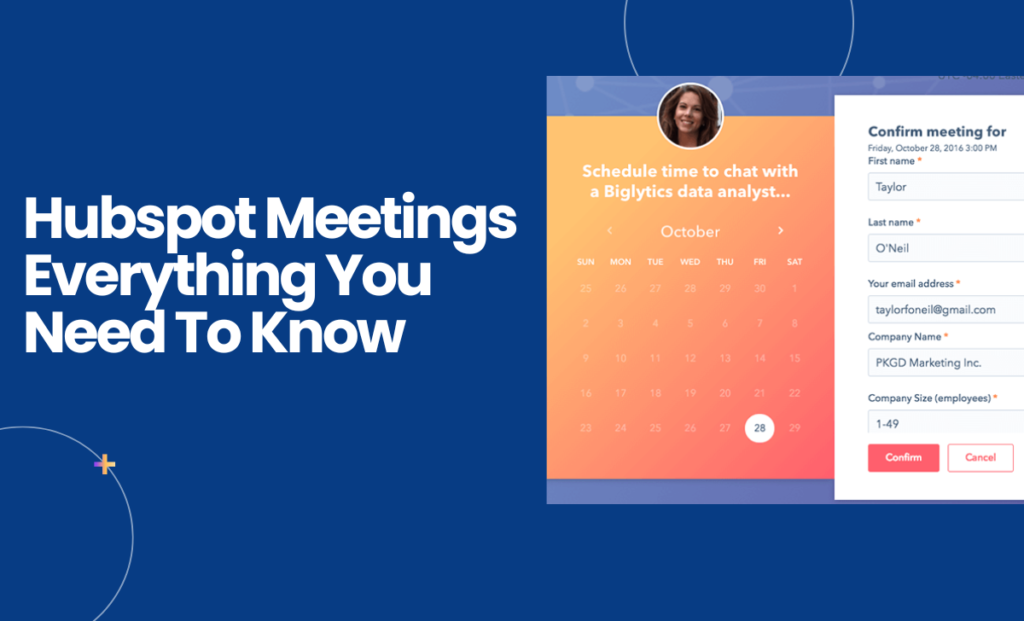

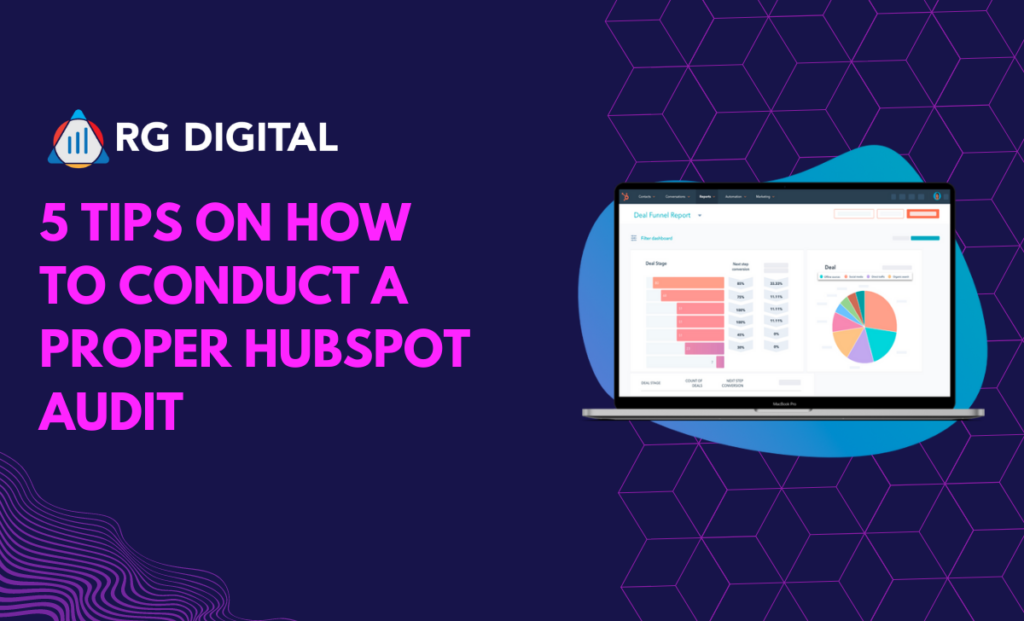
0 Comments